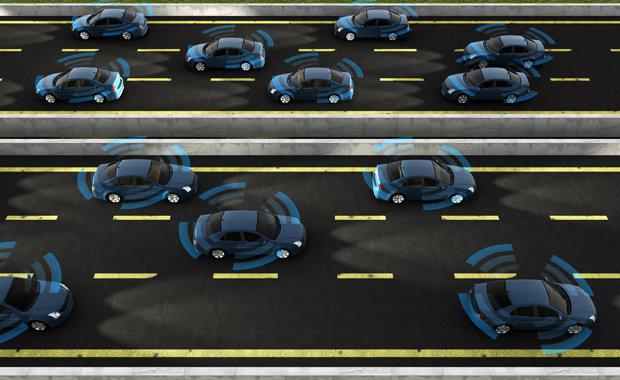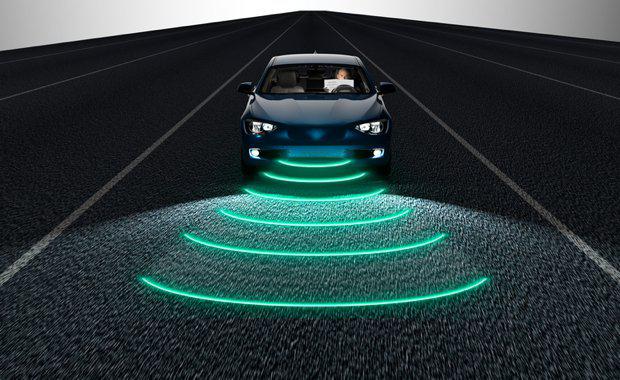If we were to look at the most talked about things in 2016, you would hazard a guess to say that the must have gift for 2016 would be an autonomous vehicle (AV).
Perhaps 2016 is ambitious, but it is definitely realistic for AVs to be the must have gifts of 2020.
'Hoverboards' were, at a time, all the rage, until people began to become aware of their tendency to catch on fire. Keeping to the same way of thinking, like the hoverboards, perhaps consideration should be given to the potential unintended consequences or problems that could arise from a large roll out of AVs in our cities in the near future.
Place Design Group Executive Director of Planning Chris Isles spoke at the AILA and Smart Cities Council ANZ ‘Streets 2.0’ event earlier this month. There, he posed the question:
Can we afford the risk of Autonomous Vehicles, potentially taking another one of the nine city lives, given that we may only have a few left?
This discussion, and the future of the streets, was key to the Streets 2.0 agenda.
Isles said Australia, along with the rest of the world, was distracted by the ‘shiny lights’ of AVs and was forgetting the basics of streets, cities and city planning, by way of creating great places and letting the benefits of AVs be the cherry on top.

“There is a real risk that Autonomous Vehicles could get away from us and radically impact our cities, if we don’t control the cities agenda and how AVs make our cities better, rather than just being a technology innovation," he said.
With as many as 10 million self-driving cars estimated to be on the road by 2020, town planners, landscape architects, urban designers and traffic engineers alike are expressing a cautious tone to balance the clear opportunities that AVs will bring, to ensure the future of Australian cities and towns is a positive one.
Isles believes that cars are not the cause of our city woes, but it is in fact us, as the inhabitants - our increasingly lazy behaviours, and our planning and approaches to zoning that have all but stopped us making cities the way we used to when cities and streets were in their ‘glory days’.
"There are many positives of AVs as well, but these may not necessarily materialise in cities, unless we facilitate autonomous, shared, connected and electric vehicles," he said.
"If we all ride to work in our private AVs, there is a risk that AVs could clog our streets in two directions - as they drop us at work and as they head home - and there is a significant risk that this wouldn’t make our cities more liveable and connected, but more congested, fragmented and sprawling. They could very well be ‘game changing’, but not necessarily in a good way."

Smart Cities Council Executive Director Adam Beck said the built environment and city’s professions had been notably absent from this discussion for too long.
“Streets 2.0 was developed to provide the opportunity to engage in this space, if we don’t start to actively do this as professionals there is a huge risk that the thinking and agenda will get away from us and who knows what kind of perverse outcomes might slip through if people and cities are not put first.”
Hosted in Sydney as the first for the series, the array of Streets 2.0 panellists all agreed they were not convinced that AVs in their own right would have the city-changing ‘benefits’ that are being widely spruiked by so many, but equally that our streets and how to create great streets and places for people to live, work and play shouldn’t be forgotten as we move into a new technical era.
Chris noted during his keynote address, “we knew how to ‘do’ streets once, and that we need to ensure that we continue to place emphasis and value in streets as places of commerce, social interaction and life in our cities.”
“It’s critical that we ensure the discussion and debate has people at its core, and we are working towards solutions that will improve our cities for the residents, not necessarily just going down a technology route for the sake of technology,” he said.
Careful and considered use and adoption of AV technology into our cities balanced against a return to the ‘streets’ and treating our streets as city assets will ensure that perhaps the must have gift for each Christmas is just the ‘best streets’ in the world, vibrant communities and a little bit of tech from Santa to make it fun.















